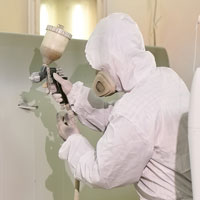 What is a Paint Booth?
What is a Paint Booth?
Aerospace paint spray booths provide the ideal environment to paint aircrafts, such as fighter jets, commercial airplanes, and helicopters. The paint spray booths regulate humidity, temperature, airflow, and pressure for proper coating application and curing. The booths are categorized by three different designs, which are: air pressure, cabin, or airflow.
The air pressure design booth will either have a negative or positive pressure. The positive pressure means that the pressure inside the booth is greater than the air pressure outside of the cabin. The air pressure inside the booth is provided by an air make-up system and replaces the air being exhausted by the fan. Continue reading “Aerospace Application: Paint Spray Booth”

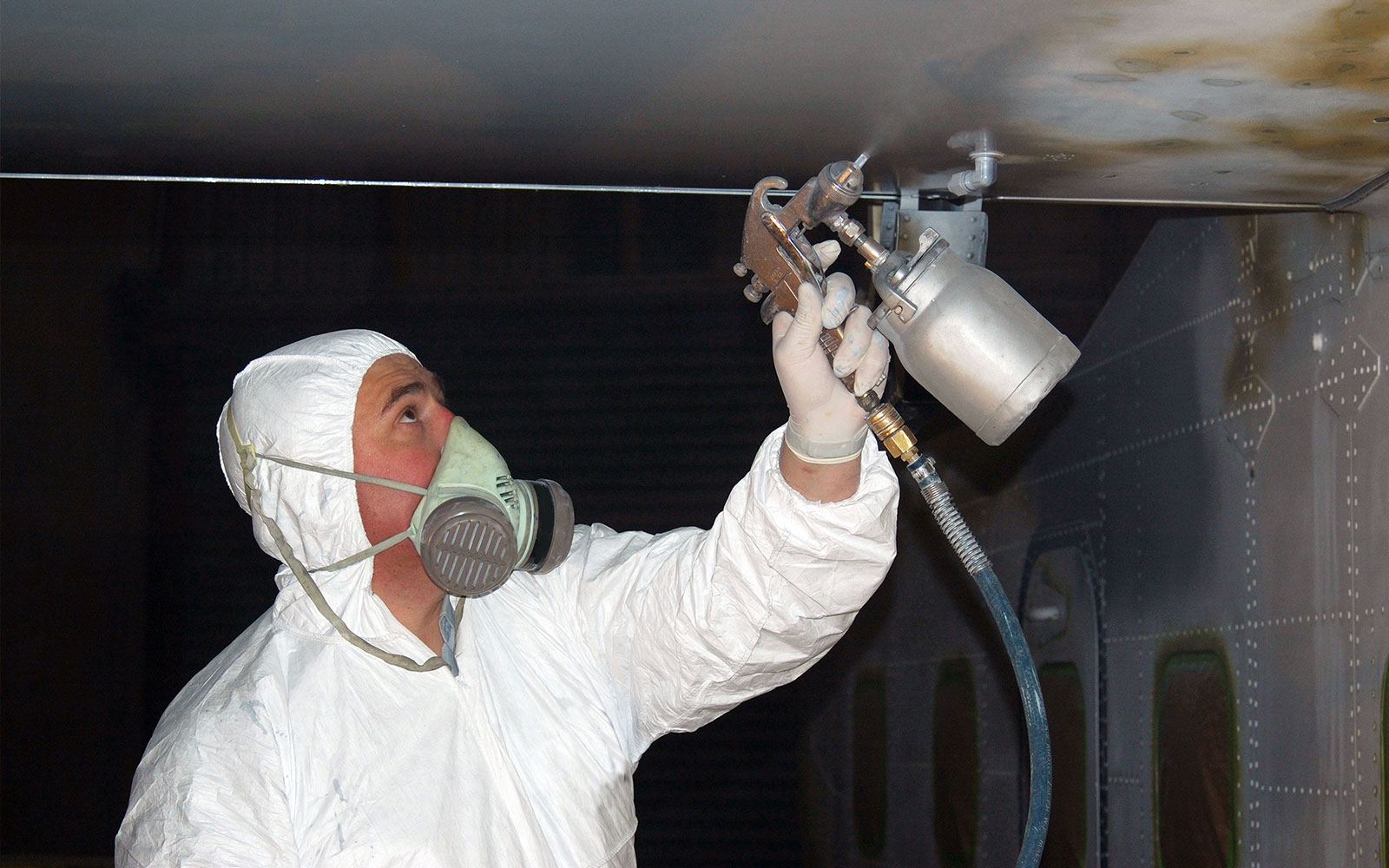

 We recently met with Aaron, a customer working on a project in West Virginia who needed to replace pressure transmitters on water transfer pump skids.
We recently met with Aaron, a customer working on a project in West Virginia who needed to replace pressure transmitters on water transfer pump skids.
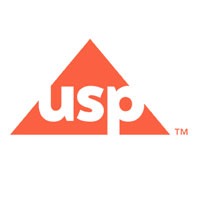 The
The 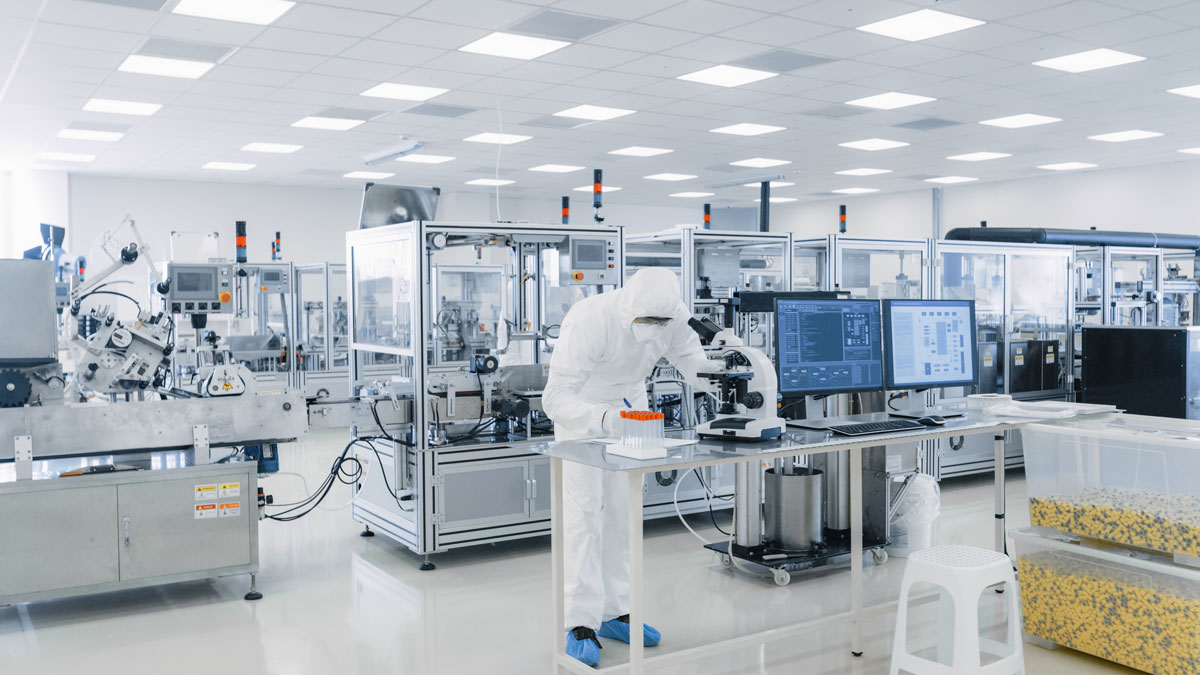
 Dwyer’s Account Executive for our test equipment portfolio, Jaden Lane, recently interviewed Erik from Technical Balance to learn more about his job, company, and relationship with Dwyer.
Dwyer’s Account Executive for our test equipment portfolio, Jaden Lane, recently interviewed Erik from Technical Balance to learn more about his job, company, and relationship with Dwyer. 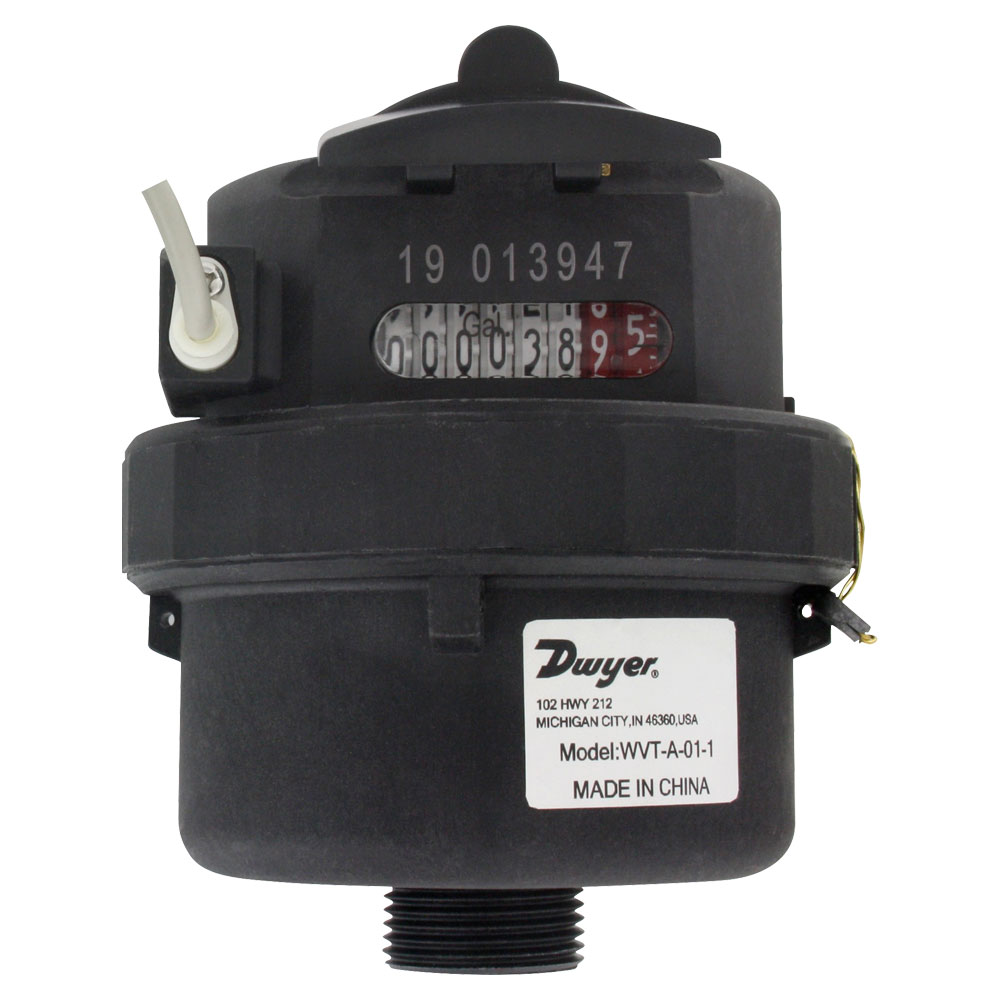
 If you’re looking to purchase a new water meter, it can be hard to discern what type of meter you should pick. There are many things to consider, from the body material to the outputs to whether any approvals are required. One of the most important considerations for selecting a meter for your application is how the meter will be installed, as certain technologies can limit the meter’s installation orientation. For example, multi-jet meters measure flow by generating multiple jets of water against an impeller in an internal chamber. As the impeller rotates, the flow is totalized on the meter face. In order to meet the stated accuracy, multi-jet meters must be installed horizontally. If a multi-jet meter is installed vertically, the impeller will not rotate correctly and the readings will not meet the stated accuracy specification.
If you’re looking to purchase a new water meter, it can be hard to discern what type of meter you should pick. There are many things to consider, from the body material to the outputs to whether any approvals are required. One of the most important considerations for selecting a meter for your application is how the meter will be installed, as certain technologies can limit the meter’s installation orientation. For example, multi-jet meters measure flow by generating multiple jets of water against an impeller in an internal chamber. As the impeller rotates, the flow is totalized on the meter face. In order to meet the stated accuracy, multi-jet meters must be installed horizontally. If a multi-jet meter is installed vertically, the impeller will not rotate correctly and the readings will not meet the stated accuracy specification.